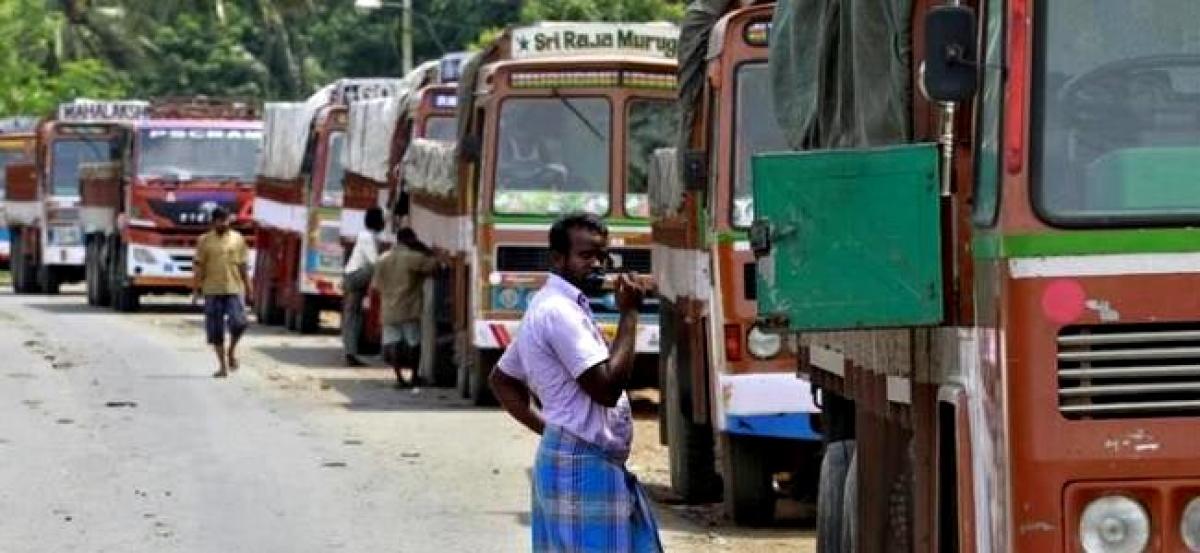Live
- TTD EO visits Sringeri Sarada Peetham
- Automobile loading using NMG rakes commences
- 555th Prakash Purab celebrated with gaiety
- Good news for Atmakur farmers
- High-risk aortic valve replacement surgery performed successfully
- HMWSSB MD holds review meeting on OTS-2024 scheme
- Dhobi Ghat assessed for potential to host sports complex
- SCR bets on LHB train coaches for safety
- SVU felicitates best teachers
- Tata Group to market Araku coffee
Just In

India moved a step closer on Thursday towards rolling out a Goods and Services Tax (GST) next April after a council of central and state finance ministry officials approved four main rate bands under the new sales tax.
NEW DELHI: India moved a step closer on Thursday towards rolling out a Goods and Services Tax (GST) next April after a council of central and state finance ministry officials approved four main rate bands under the new sales tax.
The long-delayed tax, which would transform Asia's third largest economy into a single market, could boost revenues through better compliance while making life simpler for business that now pay a host of central and state levies.
A signature reform of Prime Minister Narendra Modi, it aims to harmonise a slew of central and state levies.
The tax rates would range from 5 to 28 percent, with 12 percent and 18 percent as standard rates, - steeper than the rates of 6, 12, 18 and 26 percent earlier proposed by the government.
Describing the tax as of a "progressive character", Finance Minister Arun Jaitley said half of the items in the consumer price index would not be taxed at all to protect the poor. The tax rate for precious metals like gold has yet to be determined.
"It's good that the rate structure has been finalised. It is now essential that the categorisation of goods in these slabs is accomplished quickly," said M.S. Mani, senior director at Deloitte Haskins & Sells LLP.
"It is also necessary to ensure that majority of manufactured products are kept at 18 and the temptation to push more products into the 28 percent slab should be resisted."
The new tax would also include a separate central "cess" that will be levied on tobacco products, luxury cars and aerated drinks, charged on top of the 28 percent tax bracket.
The minister didn't elaborate which tax rate will apply to the services which contribute nearly 60 percent of India's $2.08 trillion economy.
Jaitley called it a move that would not only keep inflation in check, but would also "broadly" protect revenues of federal and state governments.
"A single GST tax rate would be highly inflationary," he said.
The central "cess" would remain in place initially for five years and its proceeds would be used to compensate states for revenue losses following the GST's implementation.
A finance ministry official said the central government might have to pay about $7.5 billion in compensation to states in the first year of the tax's rollout.
The Council will meet again on Friday to resolve differences over so-called "dual control" of tax administration by central and state tax officials.

© 2024 Hyderabad Media House Limited/The Hans India. All rights reserved. Powered by hocalwire.com







